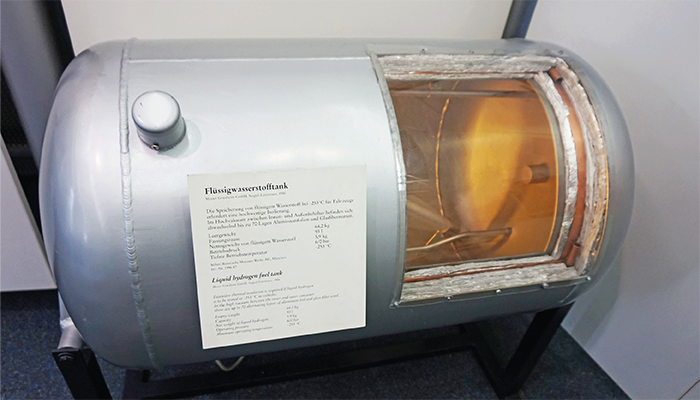
Researchers have developed a new method for precise hydrogen gas quantification using tunable diode laser absorption spectroscopy (TDLAS). The research team from institutions including Chiba University, Japan, and Mitsubishi Electric Corporation, want to tackle the challenge of detecting low hydrogen gas concentrations, which has significant implications for safety and quality control across multiple industries.
Hydrogen gas, recognized for its potential as a clean energy source, is used across diverse sectors, from transportation to energy storage. However, precise monitoring of hydrogen concentrations, especially at low levels.
The team focused on optimizing TDLAS by calibrating laser absorption spectra at varying pressures. A high-pressure gas cell setup facilitated measurements across a broad range – from 0.01 percent to 100 percent hydrogen concentration. Through adjustments to both the pressure within the gas cell and the laser’s modulation parameters, the researchers achieved significant improvements in detection limits, reaching a minimum detection threshold of 0.0055 percent hydrogen over a 30-second integration period.
More specifically, the setup employs a distributed feedback laser diode (DFB-LD) operating at 2121.8 nm – a wavelength with high hydrogen absorption and minimal interference from other gasses. This configuration is further optimized with wavelength modulation spectroscopy, which sinusoidally modulates the laser’s wavelength, allowing detection of weak signals in the near-infrared range. The precise temperature control of the laser diode ensures a stable center wavelength, while modulation frequencies and pressures are calibrated to balance Doppler and pressure broadening effects.
Practically speaking, the enhanced TDLAS approach enables calibration-free measurements by normalizing signal outputs to remove interference from fluctuating optical properties.
“Our system can significantly improve hydrogen detection for safety and quality control, facilitating wider adoption of hydrogen fuel. For example, this system can be reliably used for the detection of leakages in hydrogen fuel cell cars,” said co-author Tatsuo Shiina in a press release.



